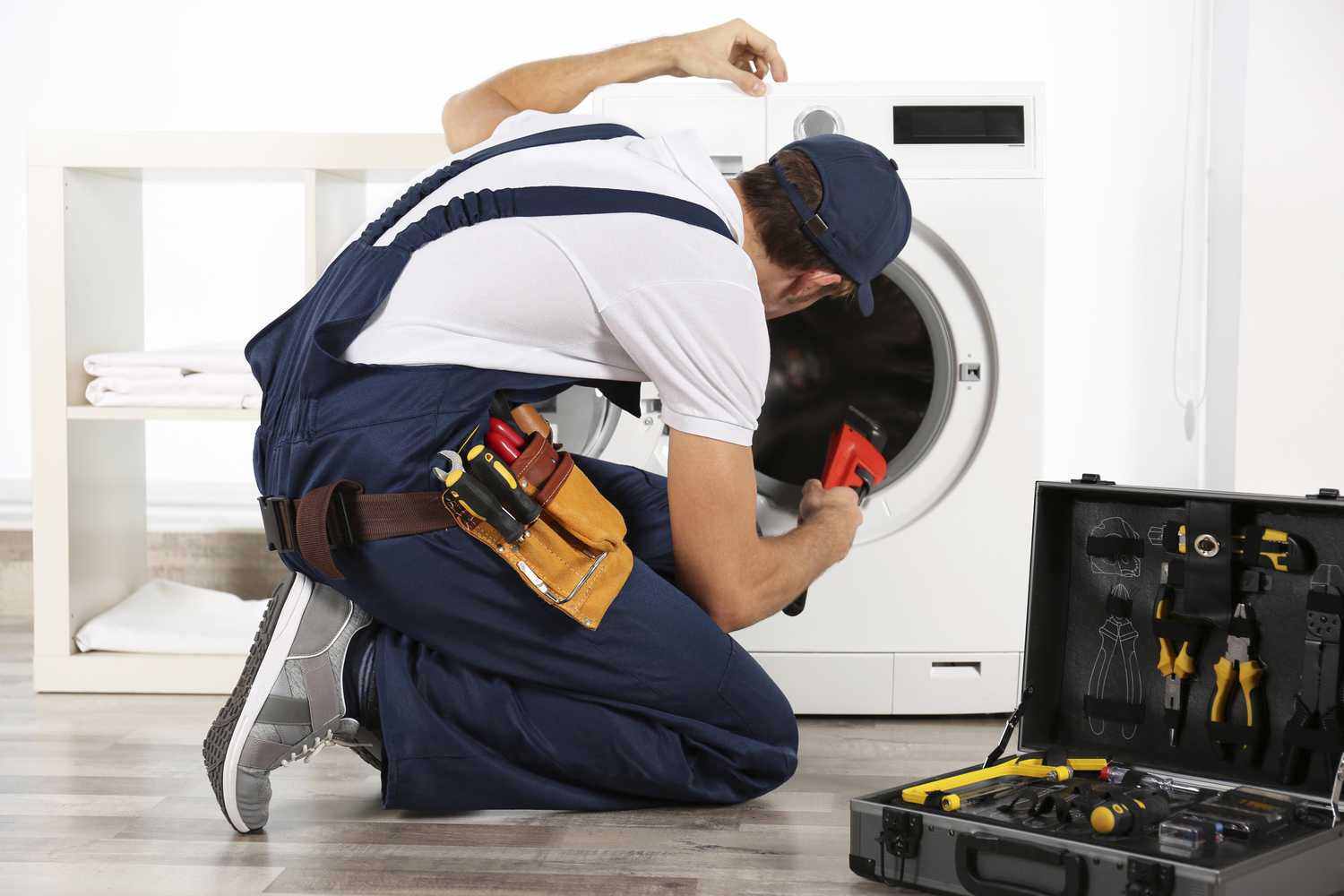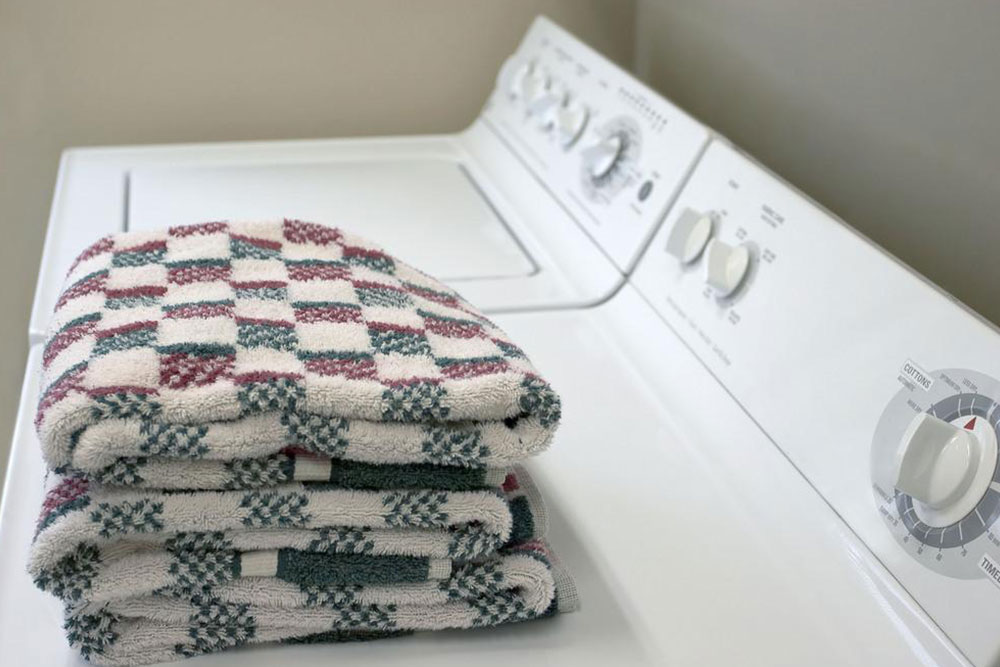Essential Guide to Dryer Repair and Maintenance
Dryers are essential household appliances that make our lives significantly more convenient by quickly drying our clothes. However, like any other appliance, dryers require regular maintenance and occasional repairs to ensure they function efficiently. This guide provides essential tips for both routine maintenance and troubleshooting common dryer problems. Whether you are a DIY enthusiast or someone looking to extend the lifespan of their dryer, this guide is for you.
Routine Maintenance
1.

One of the simplest yet most vital maintenance tasks is cleaning the lint filter. Lint buildup can impair your dryer’s efficiency and pose a fire hazard. Follow these steps to clean the lint filter:
– Before each load: Remove the lint screen and clean off any lint.
– Regularly: Wash the lint screen with soap and water to remove any fabric softener or detergent buildup, which can also trap lint.
2. Inspect and Clean the Dryer Vent
A clogged dryer vent can significantly reduce efficiency and lead to overheating. Regular inspection and cleaning can prevent these issues:
– Every three to six months: Check the vent hose for lint buildup and clear it out.
– Annually: Consider hiring a professional to perform a thorough cleaning of the dryer vent system.
3. Examine the Drum Seals
The drum seals help retain heat and protect clothes from getting caught between the drum and the dryer body. Check for wear and tear, and replace the seals if necessary. Damaged seals not only reduce efficiency but can also harm your clothes.
4. Check the Door Seal (Gasket)
A compromised door seal can lead to heat loss and inefficiency. Inspect the door gasket regularly and replace it if you notice any tears or wear.
5. Maintain the Drum Light
A functional drum light helps you see inside the dryer, making it easier to load and unload clothes. If the light is not working, replace it with a new one following your dryer’s manual instructions.
Common Dryer Problems and How to Fix Them
1. Dryer Won’t Turn On
Several factors can cause this issue:
– Power Supply: Ensure the dryer is plugged in and the outlet is functioning.
– Circuit Breaker: Check if the circuit breaker has tripped and reset it if necessary.
– Start Switch: Test the start switch for continuity with a multimeter. Replace if faulty.
– Thermal Fuse: Check the thermal fuse, which can blow if the dryer overheats. This is generally a sign of a venting problem, so clean the vents before replacing the fuse.
2. Dryer is Not Heating
There are several potential culprits:
– Thermostats and Thermal Cutoff Switch: Test these components for continuity. Replace if necessary.
– Heating Element: Inspect the heating element for breaks or scorching. Test it with a multimeter and replace it if faulty.
– Igniter (Gas Dryers): If you have a gas dryer, ensure the igniter is working. Replace if broken.
3. Drum Not Spinning
If the drum isn’t spinning, try the following:
– Drive Belt: Examine the drive belt for wear and tear, and replace it if damaged or broken.
– Drum Rollers: Check the drum rollers for wear. Replace them if they are worn or damaged.
– Motor: The motor might be the issue. If it’s making a humming noise but not turning, it might need to be replaced.
4. Dryer Makes Loud or Unusual Noises
Strange sounds can indicate several problems:
– Worn Drum Bearings: If the drum bearings are worn, they can produce a loud noise. Replace them if necessary.
– Idler Pulley: Inspect the idler pulley for wear and lubricate or replace it if it’s noisy.
– Foreign Objects: Sometimes, small objects like coins or buttons can get caught in the drum seam or blower wheel. Remove any foreign objects to eliminate the noise.
Essential Safety Tips
– Unplug the Dryer: Always unplug the dryer before performing any maintenance or repairs to avoid electrical shock.
– Consult the Manual: Refer to your dryer’s manual for specific instructions and diagrams.
– Use Genuine Parts: When replacing parts, use manufacturer-approved parts to ensure compatibility and safety.
When to Call a Professional
While many dryer issues can be resolved with a bit of DIY knowledge, some problems may require a professional’s expertise. If you’re not comfortable performing a repair or if the issue persists despite your efforts, it’s best to call a certified technician.
In conclusion, regular maintenance and prompt attention to minor issues can help keep your dryer running efficiently and extend its lifespan. By following the tips outlined in this guide, you can ensure that your dryer continues to serve you well for years to come.




